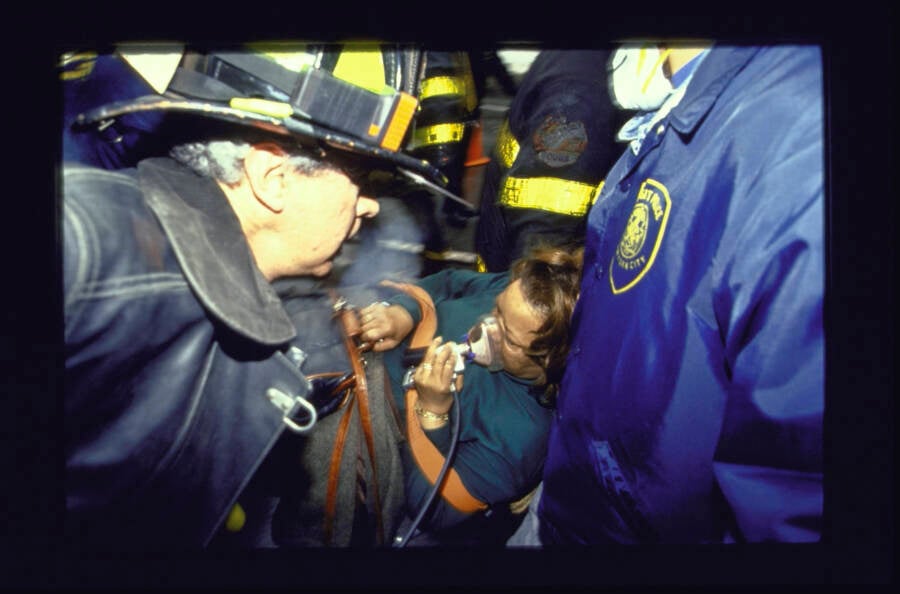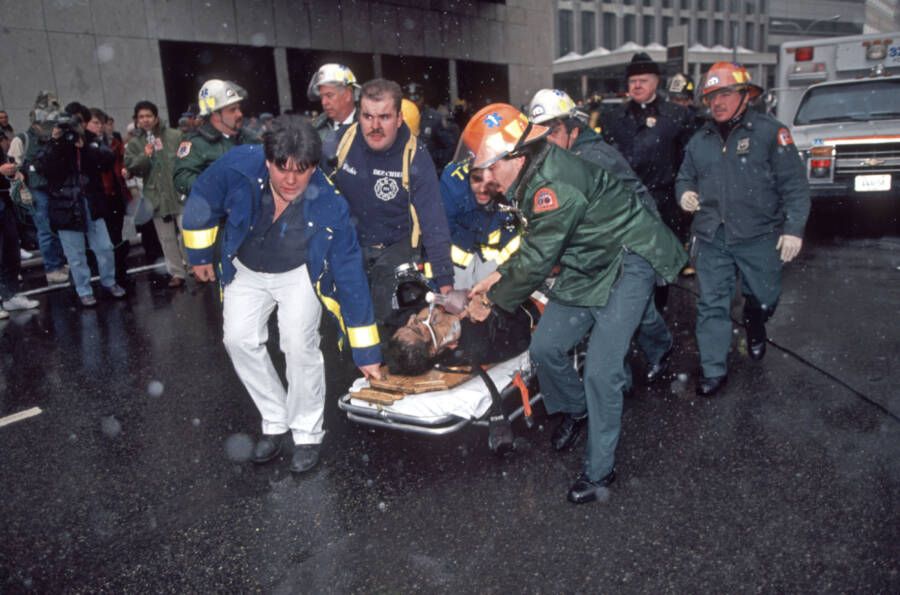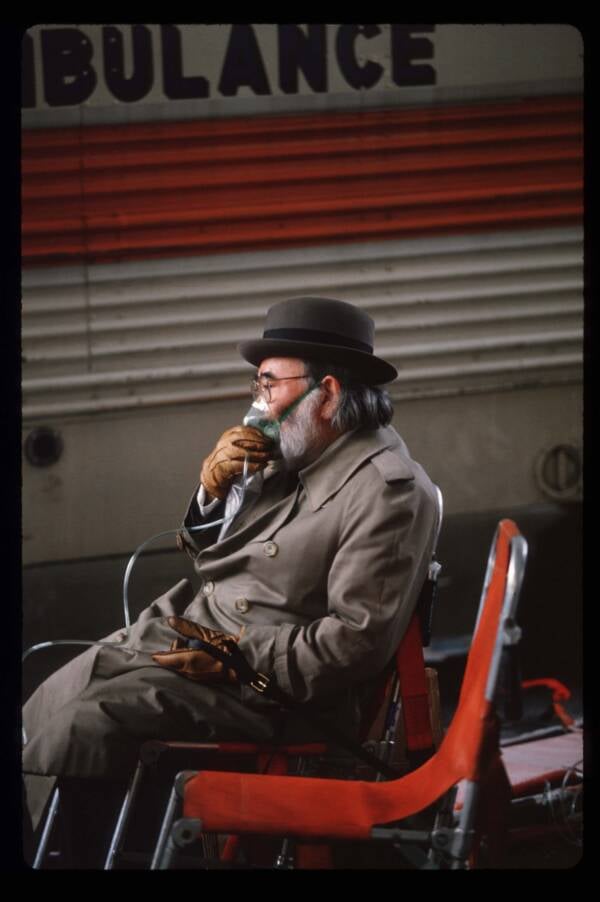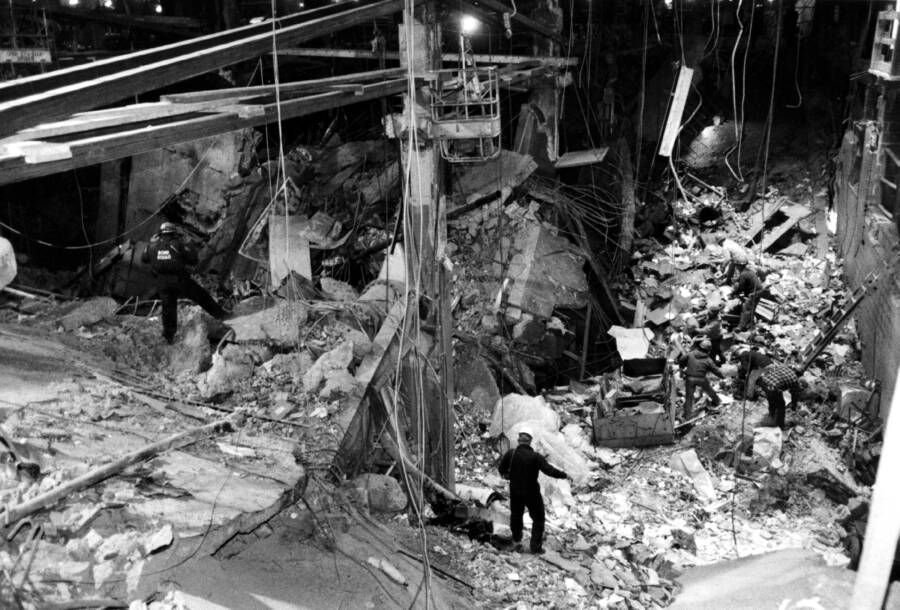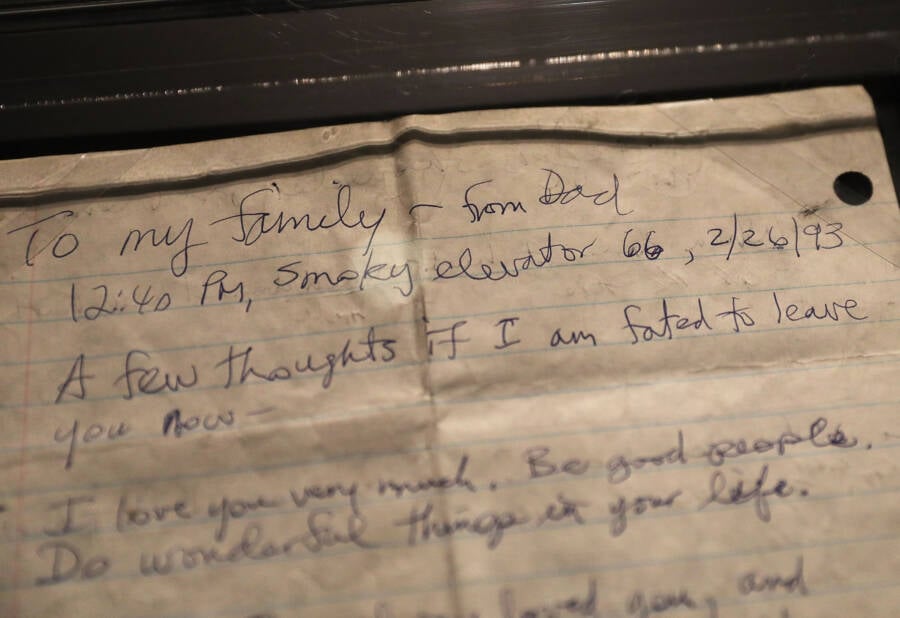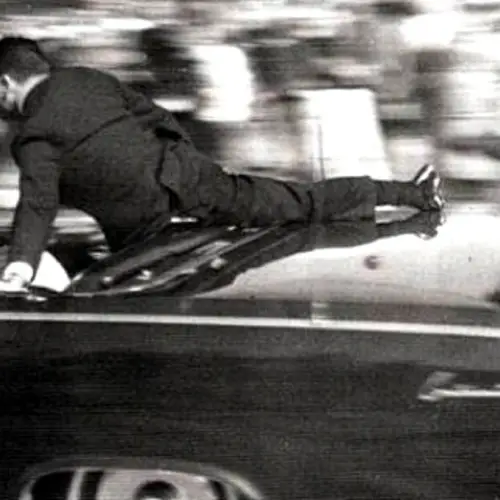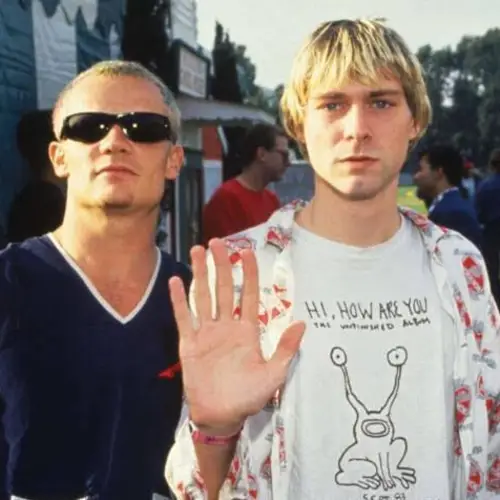Eight years before terrorists destroyed the Twin Towers, Ramzi Yousef led a small group of extremists who nearly blew up the World Trade Center on February 26, 1993.
Smoke and screams and sirens filled the air in Lower Manhattan. People peered out of broken windows from their offices in the Twin Towers of the World Trade Center. And widespread terror consumed New York City. These were not scenes from the terrorist attacks on September 11, 2001, but from eight years earlier — the 1993 World Trade Center bombing.
Then, on February 26th, a group of Middle Eastern terrorists planted a vehicle full of explosives in a parking garage beneath the World Trade Center complex. As tens of thousands of people peacefully worked on the floors above, the terrorists lit the bomb's fuse and fled the building.
The bombing killed six people, injured more than 1,000, and confirmed many intelligence agencies' worst fears about Islamic extremism. But the 1993 World Trade Center bombing could have been much worse.
Above, look through 27 photos of that harrowing February day in 1993. And below, discover the horrific true story of the World Trade Center bombing, the brutal terrorist attack that foreshadowed 9/11.
The Plot To Topple The Twin Towers
Amid the hustle and bustle of midday Manhattan, a yellow Ryder van made its way from the city's busy streets to an underground parking garage at the World Trade Center complex. But this van was not just any van, and its passengers were not just any passengers. The vehicle was packed with explosives, and the men inside planned to detonate them.
Led by Ramzi Yousef, a Kuwaiti-born militant who was furious about American support of Israel, the terrorists parked their van on the B-2 level of the parking garage underneath the North Tower around noon. They'd packed the van with a 1,200-pound urea nitrate bomb, hoping to create an explosion so powerful that it would topple one tower into the other.

Rick Maiman/Sygma via Getty ImagesRamzi Yousef is largely considered to be the mastermind behind the 1993 World Trade Center bombing.
Then, the terrorists lit the fuse and fled the scene.
Their bomb went off at 12:18 p.m., sending waves of smoke, terror, and death across Lower Manhattan. The 1993 World Trade Center bombing had begun.
Inside The 1993 World Trade Center Bombing
For many people, the first thing that the bombing caused was confusion. Lolita Jackson, working in her 72nd-floor office, heard a boom and saw smoke billowing in from an elevator shaft. Carl Selinger, on his way back to his 65th-floor office after lunch, suddenly felt his elevator jerk to a stop.
While Jackson and thousands of other World Trade Center workers made their way toward the stairs, Selinger uneasily speculated that there had been a power failure. Then, he saw smoke curling around the elevator doors.
Neither Selinger nor Jackson knew it at the time, but the terrorists' bomb had just gone off beneath their feet. The Federal Bureau of Investigation reports that the explosive had smashed a 100-foot crater — several stories high and deep — beneath the World Trade Center complex.

Allan Tannenbaum/Getty ImagesFirefighters help a man covered in soot in the immediate aftermath of the 1993 World Trade Center bombing.
The blast killed six people: John DiGiovanni, Robert Kirkpatrick, Stephen Knapp, William Macko, Wilfredo Mercado, and Monica Rodriguez Smith, who was pregnant and just about to start her maternity leave. DiGiovanni had just parked his car in the garage; the other five victims were in the basement.
Survivor Tim Lang, who had also just parked his car in the garage, later described hearing a crack and feeling himself being thrown through the air. He awoke in the darkness to the sound of car alarms blaring and the thick smell of smoke in the air. According to The New York Times, he wondered if another car had exploded near him — or if there had been a mob hit.
As emergency vehicles poured into the surrounding area, Lang was rescued by two members of the New York Police Department's Emergency Services Unit. Meanwhile, Jackson and thousands of others were evacuated from the World Trade Center above. But Selinger, who was still trapped in an elevator consumed by smoke, began to believe that he would die.
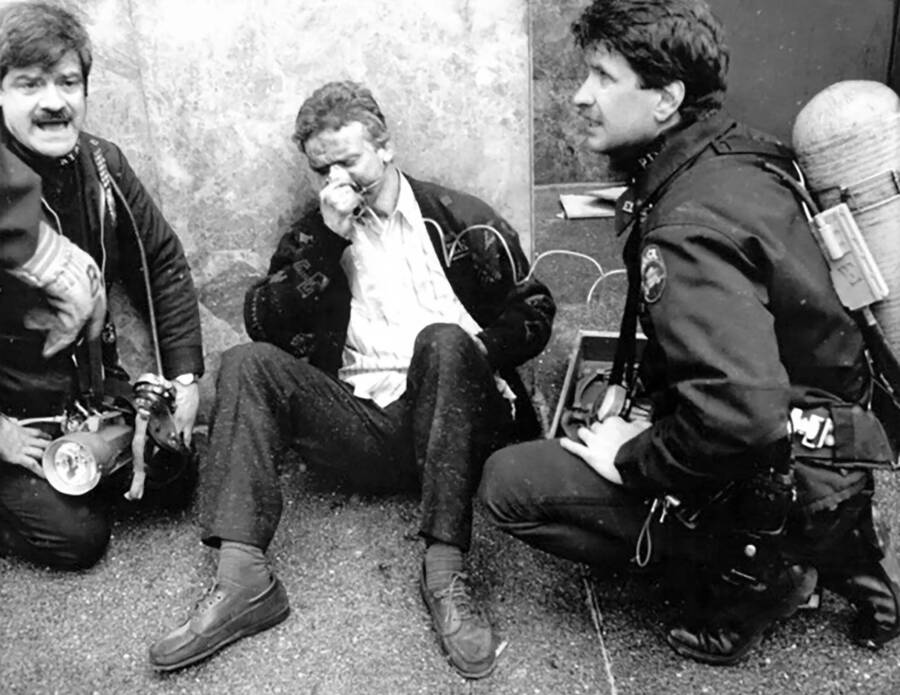
New York Police DepartmentTim Lang with his two rescuers, Detective Edward Joergens and Officer Cory Cuneo, shortly after they found him.
"I was listening to the building go very silent after a while, and wondering," Selinger later said, according to The New York Times. Just in case it was the end, Selinger decided to write a final letter to his wife and children.
"A few thoughts if I am fated to leave you now — I love you very much. Be good people," he wrote. "Do wonderful things in your life."
As Selinger finished his letter, the lights in the elevator flickered out.
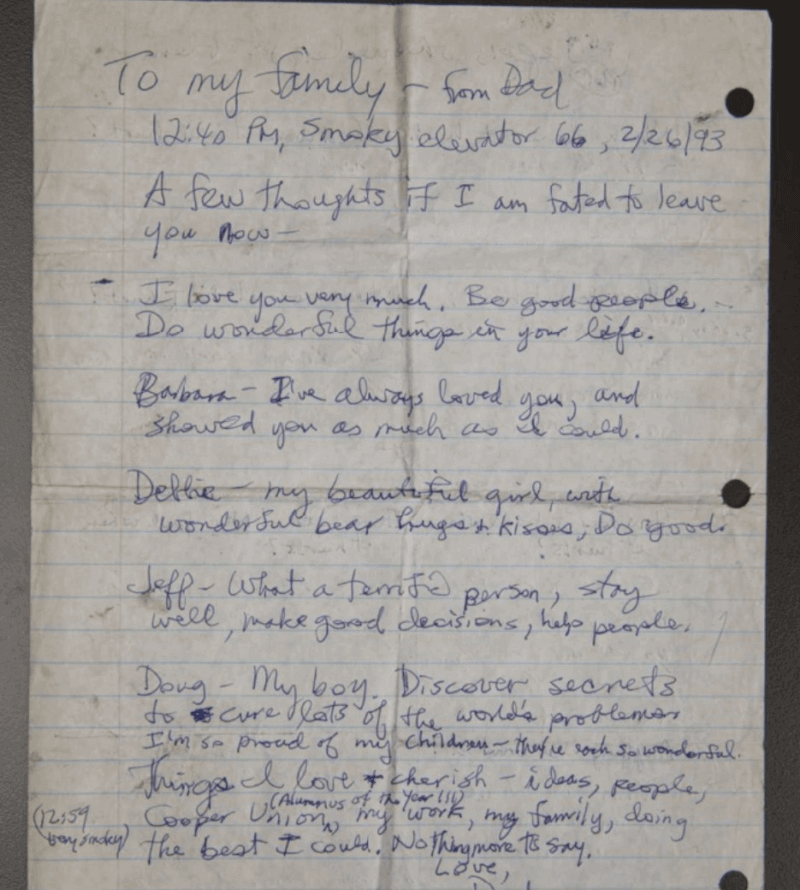
9/11 Memorial and Museum/TwitterCarl Selinger's letter to his family, which he wrote while trapped in an elevator during the World Trade Center bombing.
With rescuers working largely in the dark — though power was restored at 7 p.m. — it took them hours to reach everyone trapped in the World Trade Center. By 11:45 p.m., the 9/11 Memorial and Museum reports that the last of the evacuees were freed. Selinger, despite his fears, survived the World Trade Center bombing when a police sergeant pried open the elevator door.
Then, after the evacuation, it fell on American intelligence agencies to find the perpetrators who'd planted the explosives and bring them to justice.
After The 1993 World Trade Center Bombing

Rick Maiman/Sygma via Getty ImagesFBI agents collecting evidence in the aftermath of the World Trade Center bombing.
As the FBI notes, the New York Joint Terrorism Task Force immediately suspected that the 1993 World Trade Center bombing had been terrorism. They'd been monitoring Islamic fundamentalists in New York in the months leading up to the attack, and they suspected that they were behind it.
As investigators scoured the parking garage where the bomb had gone off, they found a crucial clue — a vehicle identification number from part of a car that appeared to have exploded from the inside out. As the 9/11 Memorial and Museum reports, agents were able to connect that number to a rental agency in New Jersey. They then determined that the number belonged to a van that a renter, Mohammed Salameh, had reported stolen.
Agents went to New Jersey and were able to intercept Salameh on March 4th as he tried to recover the $400 deposit that he'd put down for the van.
From there, investigators were able to quickly piece together the rest of the plot. The 9/11 Memorial and Museum reports that they discovered bomb-making chemicals at a New Jersey storage unit. Before long, a thorough search of Salameh's apartment led to the arrest of three of his collaborators: Ahmad Ajaj, Nidal Ayyad, and Mahmoud Abouhalima.
In addition, The New York Times received a letter on March 5th from a group that called itself Liberation Army, Fifth Battalion, which claimed that it was responsible for the attack. The letter stated that the World Trade Center bombing had been in retaliation for American actions in the Middle East. It warned that additional attacks would take place unless the U.S. agreed to several demands, including ending its diplomatic relationship with Israel.
Investigators soon found Ayyad's DNA on the envelope.
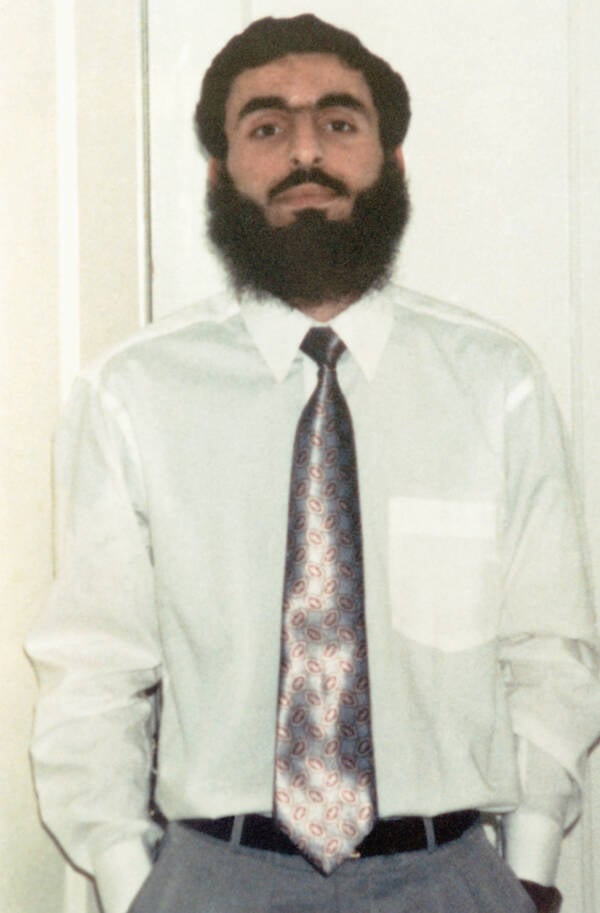
Maher Attar/Sygma via Getty ImagesAfter intelligence agencies connected Mohammed Salameh to the World Trade Center bombing, authorities were able to quickly fill in the blanks about the rest of the plot — and track down other co-conspirators.
In the months that followed the World Trade Center bombing, intelligence agencies foiled a number of other attacks in New York, including at the U.N. building and the Holland and Lincoln Tunnels. They were also able to capture the mastermind of the 1993 attack, Ramzi Yousef, in Pakistan in 1995.
According to HISTORY, Yousef admitted upon his arrest that he had hoped that the bombing would have caused one of the Twin Towers to collapse into the other, a catastrophe that could have killed up to 250,000 people. Chillingly, investigators found that if Yousef had parked the van just a little closer to the tower's foundation, he might have succeeded.
But the story of the 1993 World Trade Center bombing didn't end there. The terrorists had warned as much. As PBS reports, investigators found an ominous message on one of their computers: "[N]ext time it will be very precise, and the World Trade Center will continue to be one of our targets."
Less than a decade later, their disturbing prophecy came true. On September 11, 2001, terrorists linked to the Islamic extremist group al-Qaeda hijacked four airplanes and crashed two of them into the World Trade Center in the 9/11 attacks. A third plane crashed into the Pentagon near Washington, D.C., and a fourth crashed into a field in Shanksville, Pennsylvania (after that plane's passengers fought back against the hijackers).
Overall, the 2001 terrorist attacks left almost 3,000 people dead. Victims of 9/11 ranged from first responders who raced to the scene, to airplane passengers, to workers just going about their days. Some who survived that infamous day — including Lang and Jackson — endured both the 1993 World Trade Center bombing and the 9/11 attacks eight years later.
To them, it was little surprise that the second attack had been masterminded by Khalid Shaikh Mohammed — Ramzi Yousef's uncle. "I always knew they'd be back," Lang told The New York Times.
After reading about the 1993 World Trade Center bombing, discover the story of the 1920 Wall Street bombing, the first major terrorist attack in New York City. Or, look through these heartbreaking photos of artifacts from 9/11.

